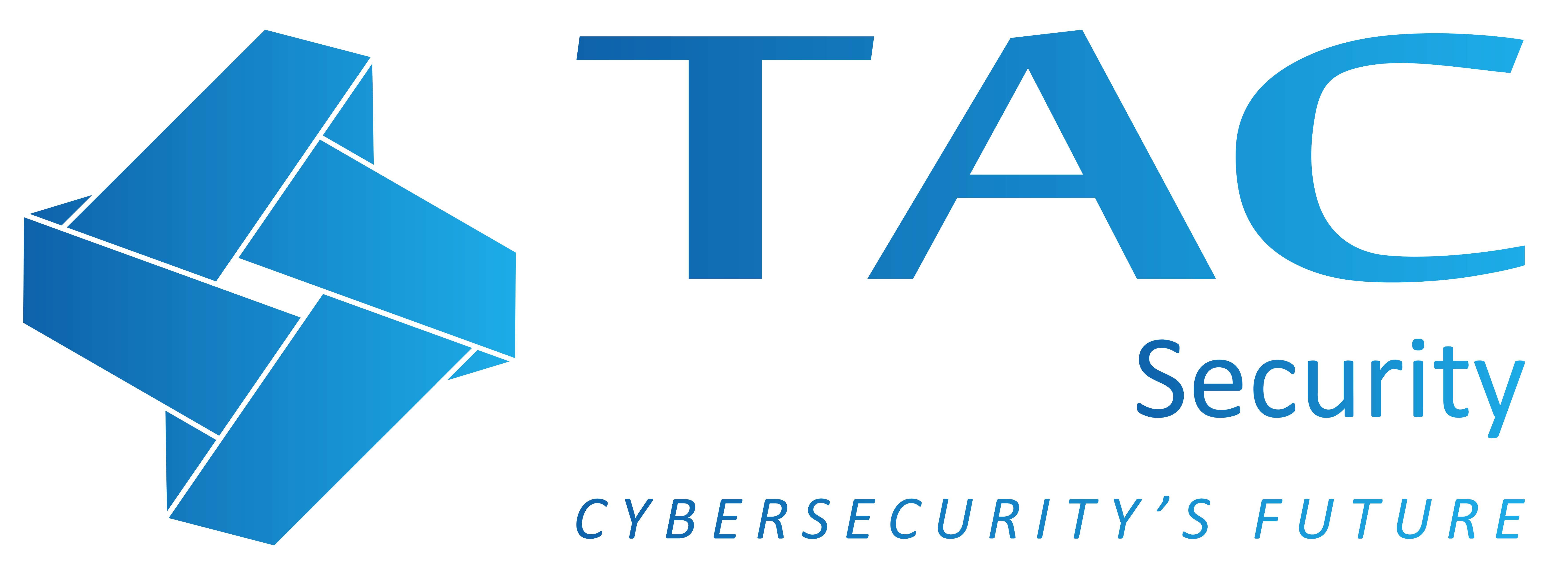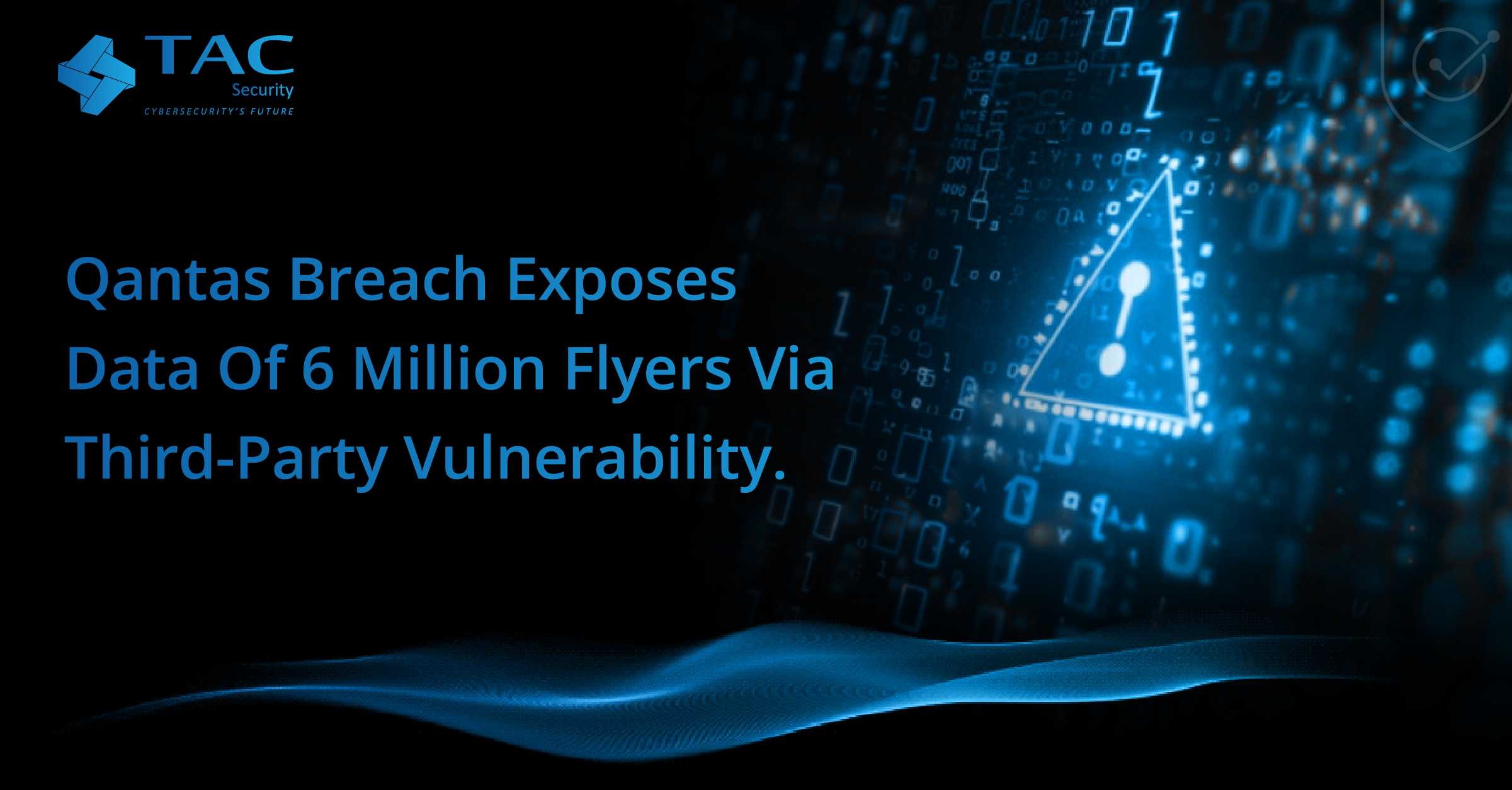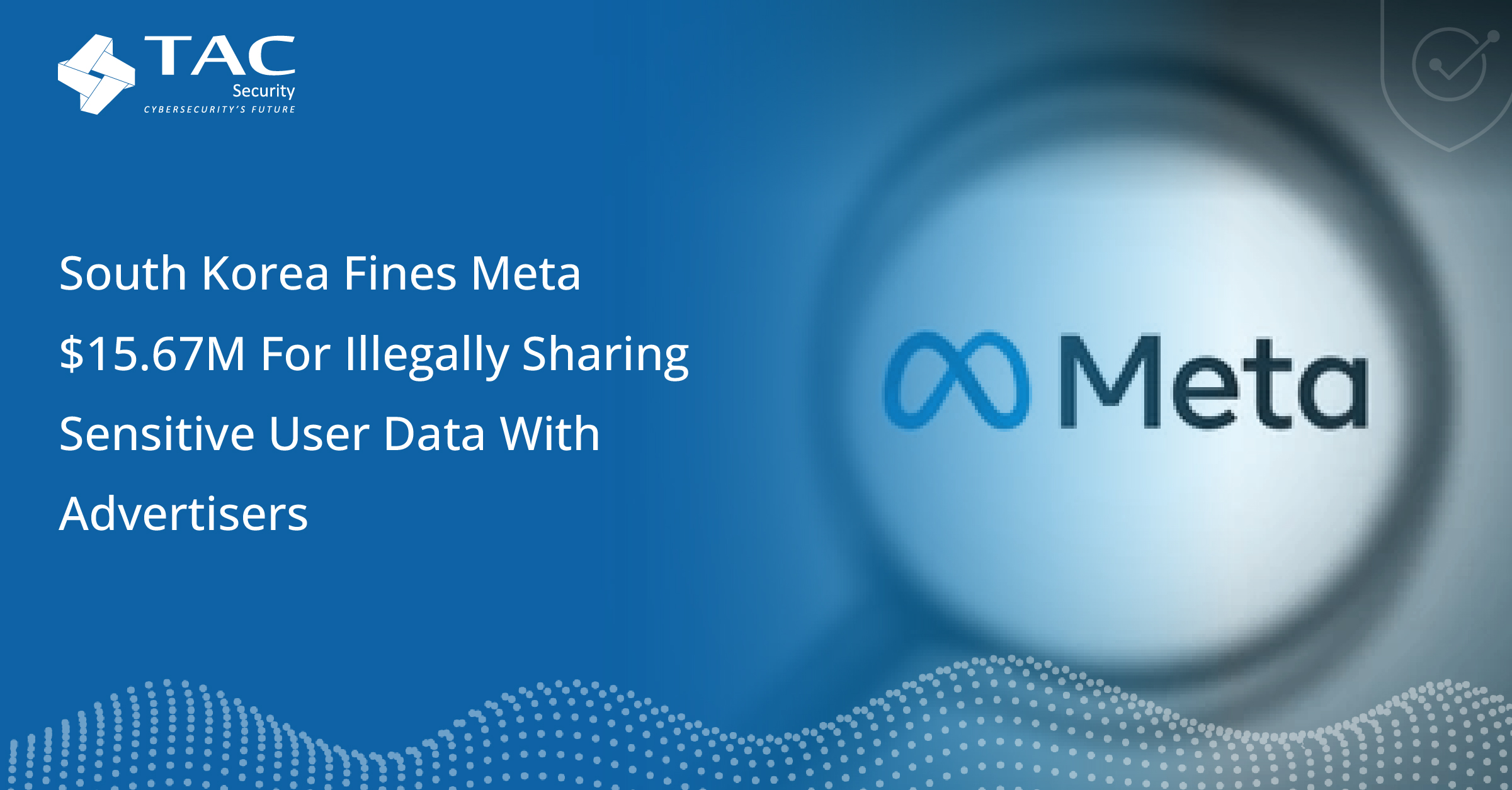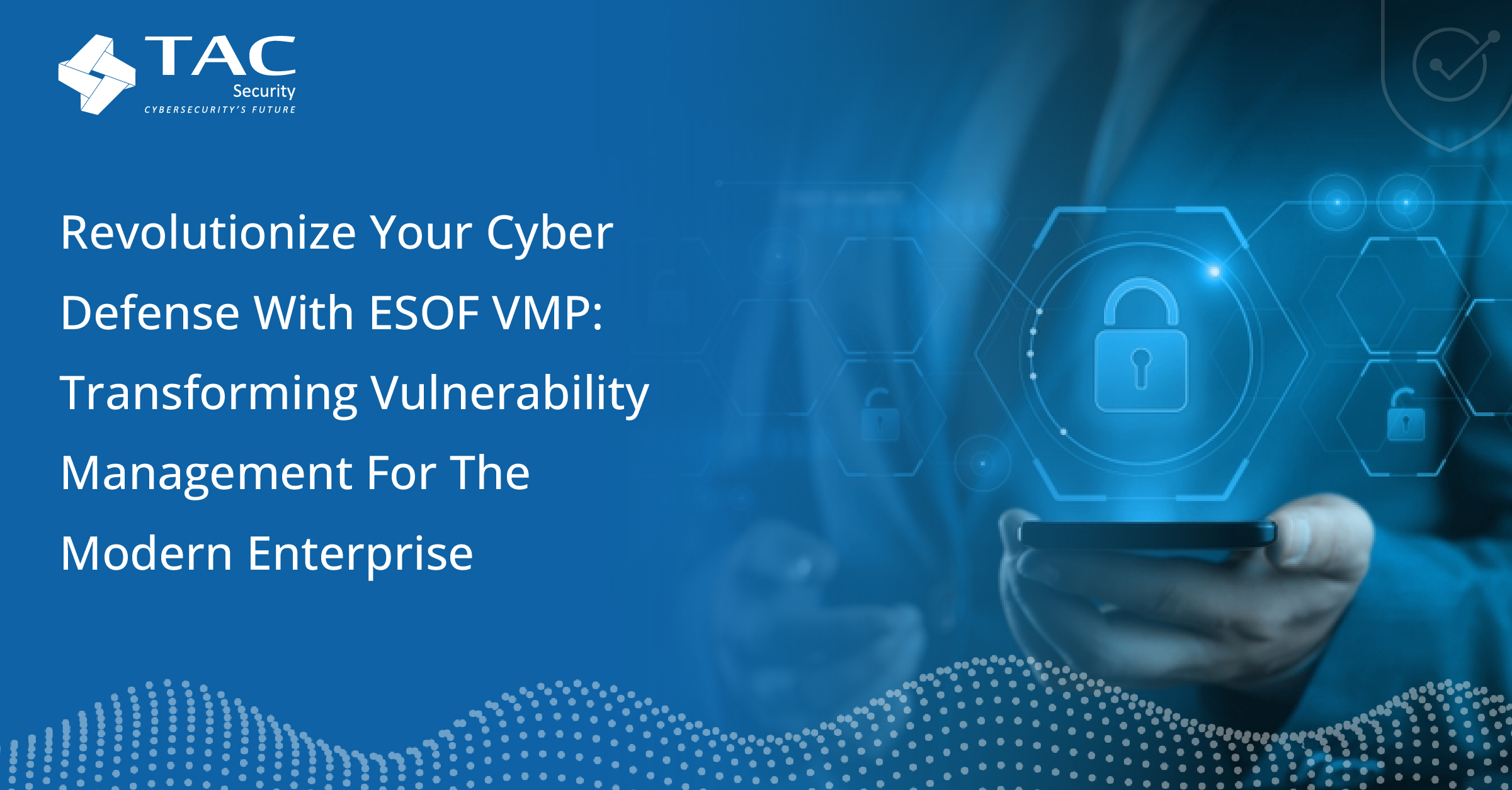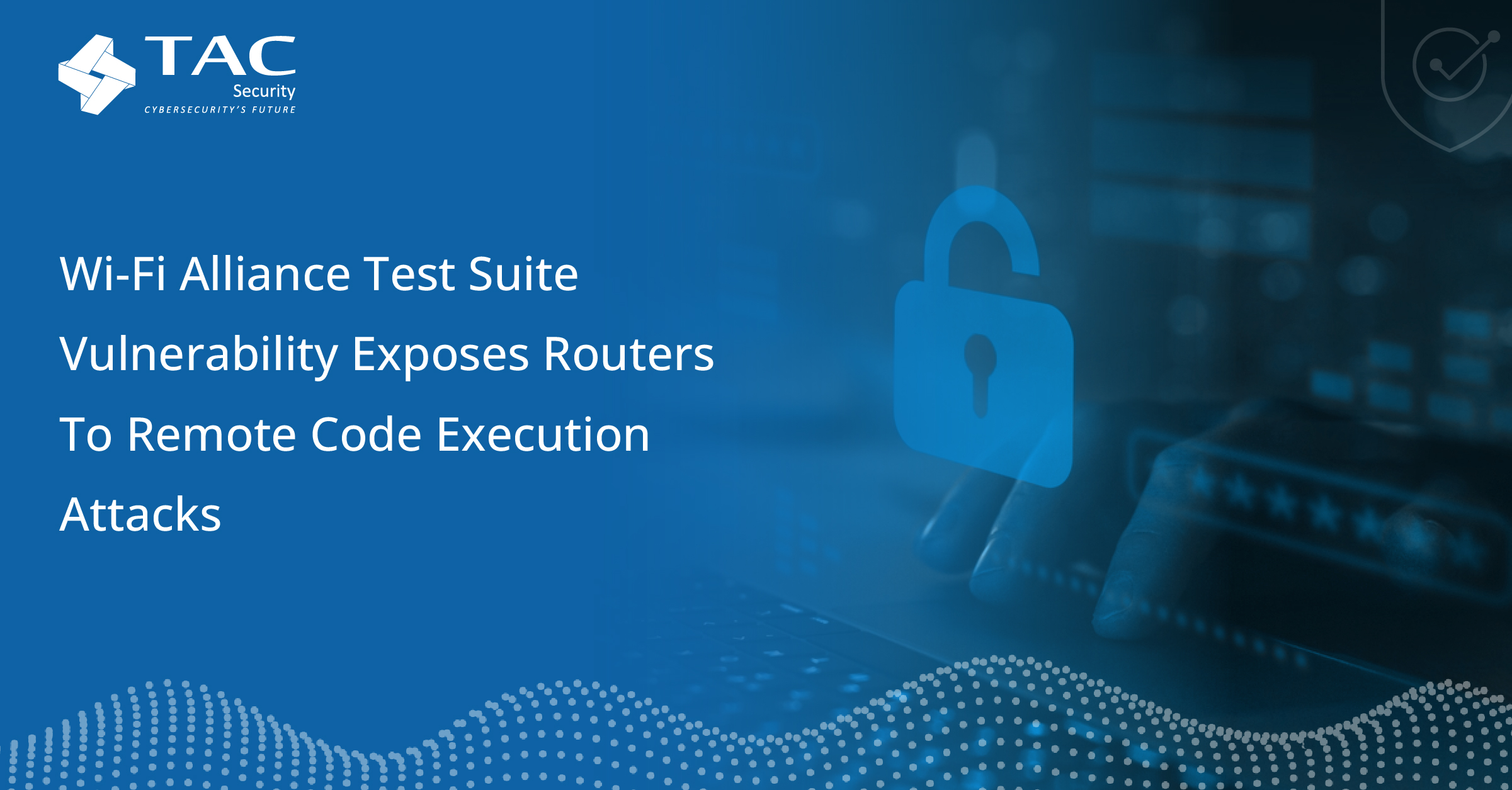Mastering Cybersecurity with Continuous Threat Exposure Management (CTEM)
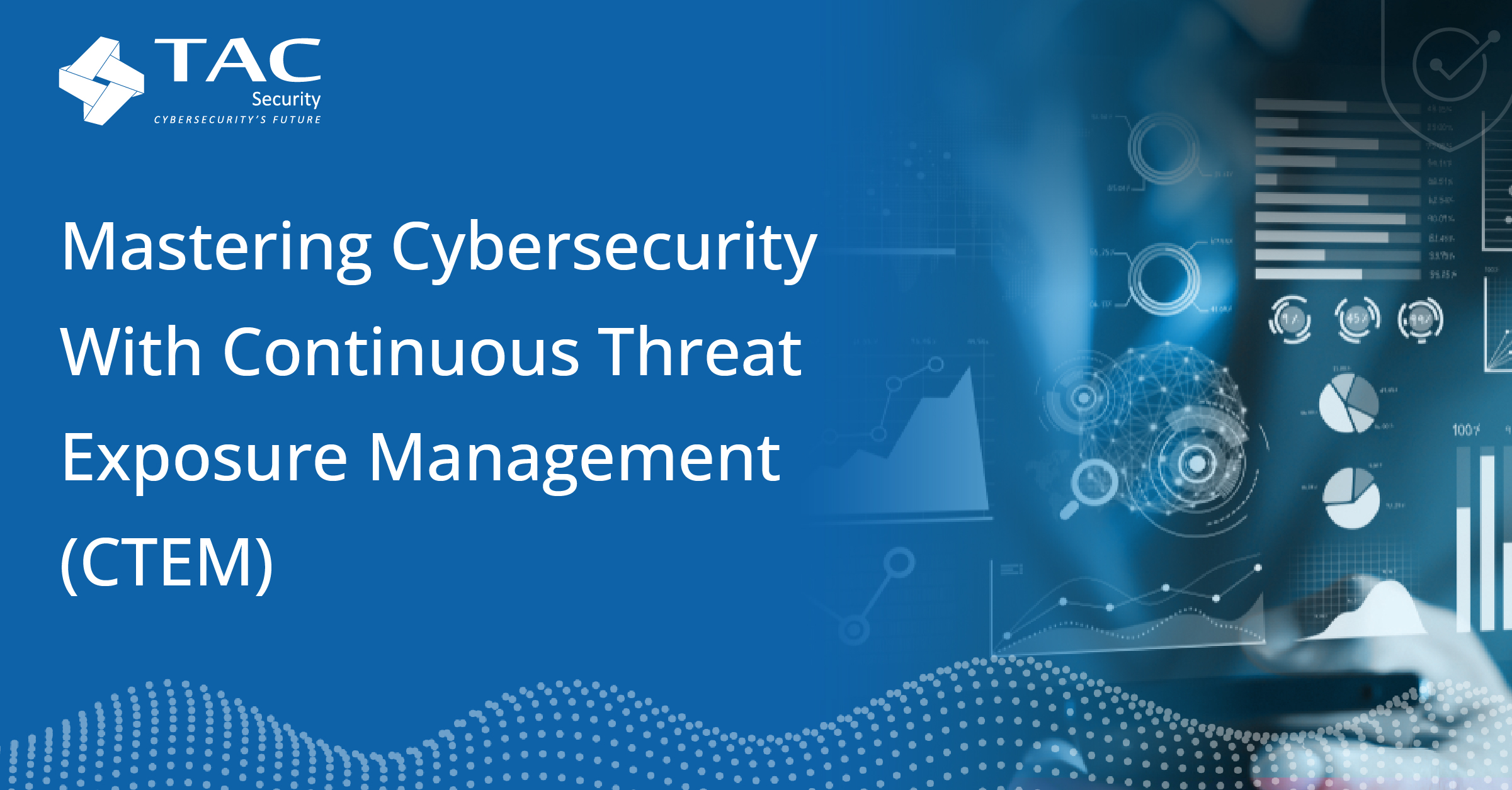
In today’s digitally connected world, organizations face an ever-evolving landscape of cyber threats. With the rapid advancement of technology, the attack surface expands, presenting new challenges for cybersecurity professionals. To combat these threats effectively, organizations must adopt a proactive and holistic approach to cybersecurity. One such approach gaining traction among mature organizations is Continuous Threat Exposure Management (CTEM).
CTEM is not just another piece of software; it’s a comprehensive cybersecurity workflow designed to help organizations stay ahead of emerging threats and vulnerabilities. Developed based on Gartner’s 5-step process, CTEM empowers organizations to assess, prioritize, and mitigate risks continuously. Let’s delve into the core components of CTEM and understand why it’s essential for modern cybersecurity practices.

1. Scope: Defining the Battlefield
The first step in CTEM is to define the organization’s attack surface comprehensively. This involves identifying and classifying all tangible and intangible assets, including devices, applications, social media accounts, and supply chain systems. By engaging key stakeholders and conducting a preliminary risk assessment, organizations can prioritize assets based on business value and potential impact. Additionally, leveraging tools like ESOF VMP ensures proper scoping and prioritization to streamline the process.
2. Discover: Shedding Light on Hidden Risks
In the discovery phase, organizations uncover specific risks by continuously identifying individual assets and assessing their vulnerabilities. Through the deployment of automated and manual discovery tools, organizations can maintain a comprehensive asset inventory and continuously assess for vulnerabilities and misconfigurations. With the support of ESOF VMP, discovery becomes seamless, integrating favorite tools and scheduling continuous scanning for enhanced visibility.
3. Prioritize: Tackling Threats in Real-Time
Once vulnerabilities are identified, the next step is to prioritize them based on risk and impact. A risk-based prioritization framework allows organizations to evaluate vulnerabilities considering severity, exploitability, and business context. Emphasizing high-value assets ensures that mitigation efforts are aligned with organizational priorities and risk tolerance. ESOF VMP facilitates cross-correlation with exploits and AI-based risk prioritization, enhancing the accuracy of threat assessment.
4. Validate: Separating Noise from Substance
Validation is crucial to ensure that identified vulnerabilities constitute legitimate threats and require immediate action. By verifying exploitability and analyzing potential attack pathways, organizations can determine the necessity for remediation or the adequacy of compensating controls. ESOF VMP provides native handling of compensating controls and facilitates penetration testing for comprehensive validation.
5. Mobilize: Uniting Forces for Action
The final step in the CTEM process involves rallying security and IT teams to execute mitigation strategies effectively. Clear communication and strategic planning are essential to translate security insights into actionable tasks. By integrating with native ITSM platforms like Jira and ServiceNow, organizations can streamline the approval and implementation of mitigation efforts, ensuring a coordinated response to threats.
Continuous Threat Exposure Management (CTEM) with ESOF offers a proactive and systematic approach to cybersecurity, enabling organizations to stay ahead of evolving threats. By implementing the Gartner-recommended 5-step process and leveraging tools like ESOF VMP, organizations can enhance their cyber resilience and safeguard their digital assets effectively. Embracing CTEM is not just a choice but a necessity in today’s dynamic threat landscape.
